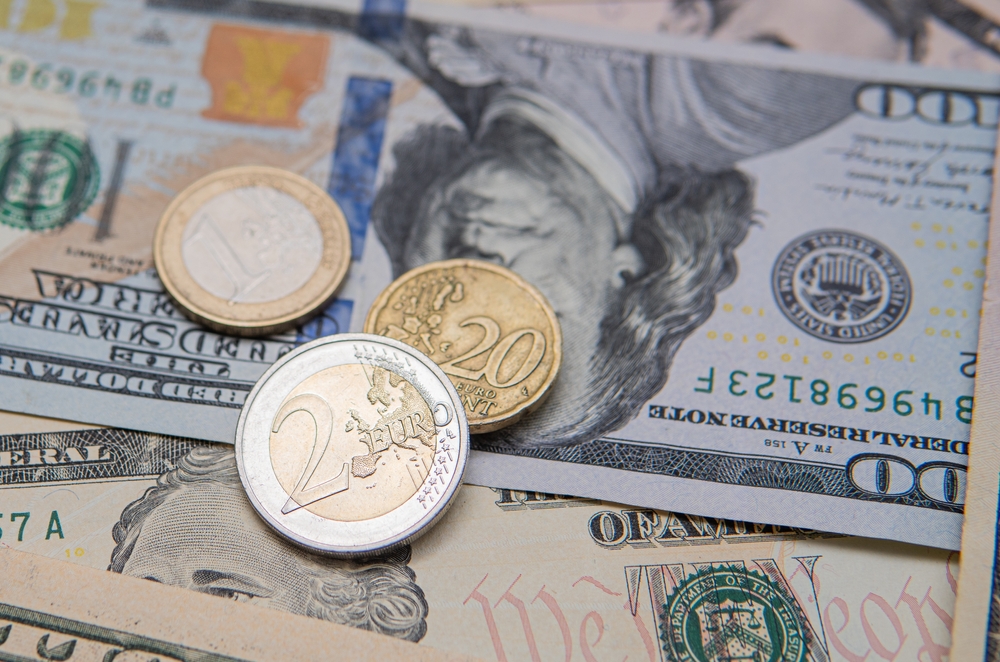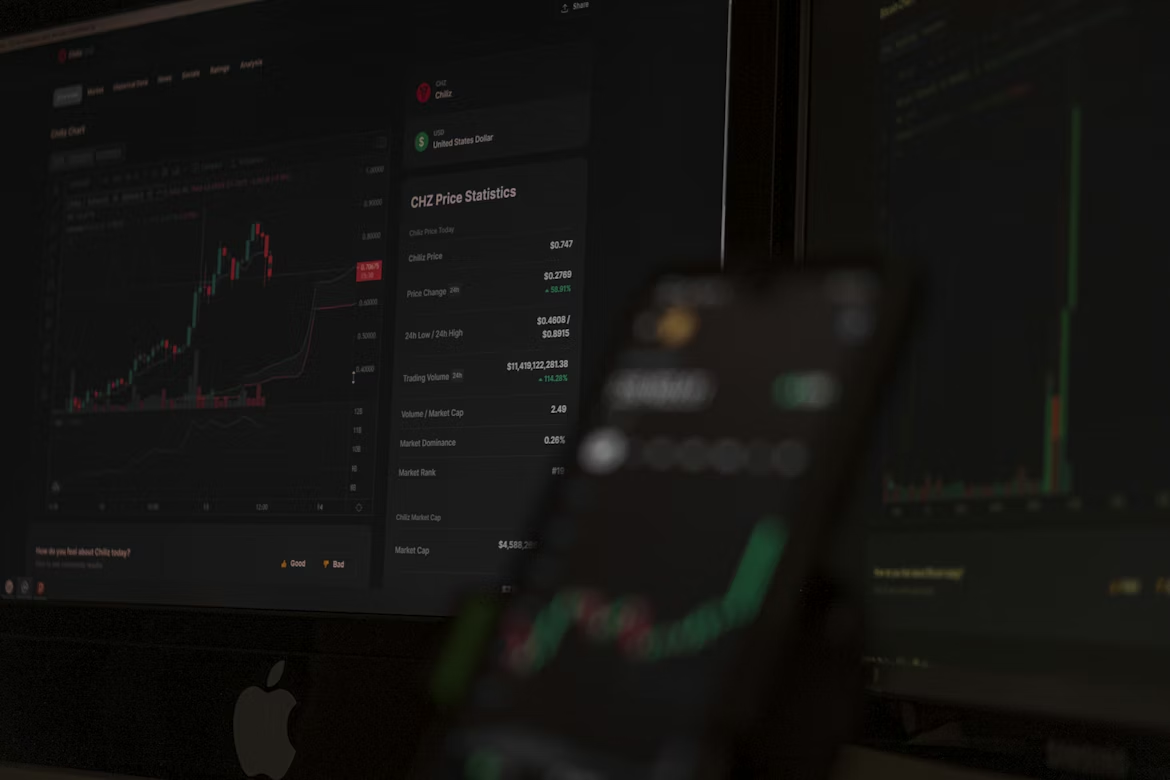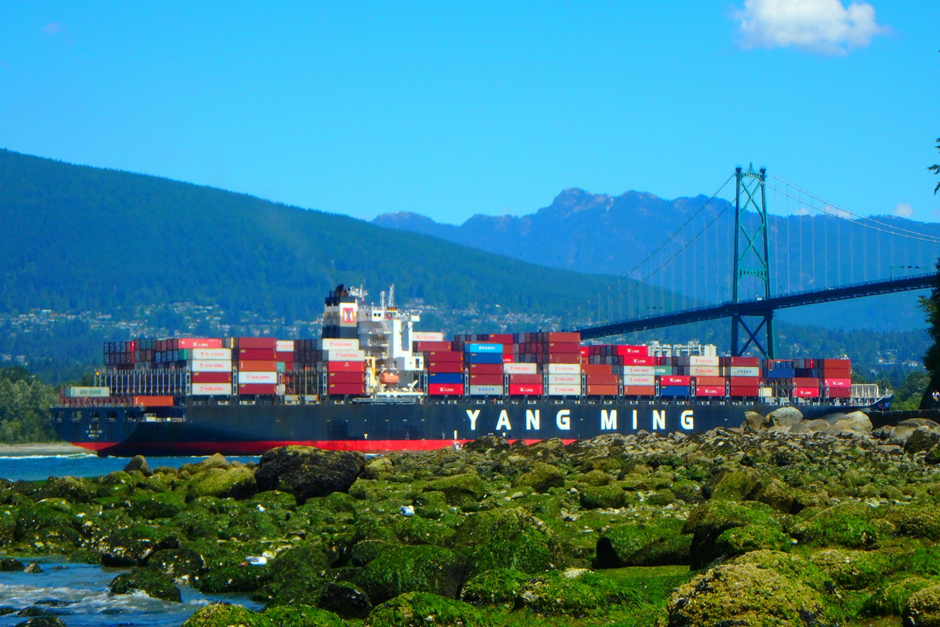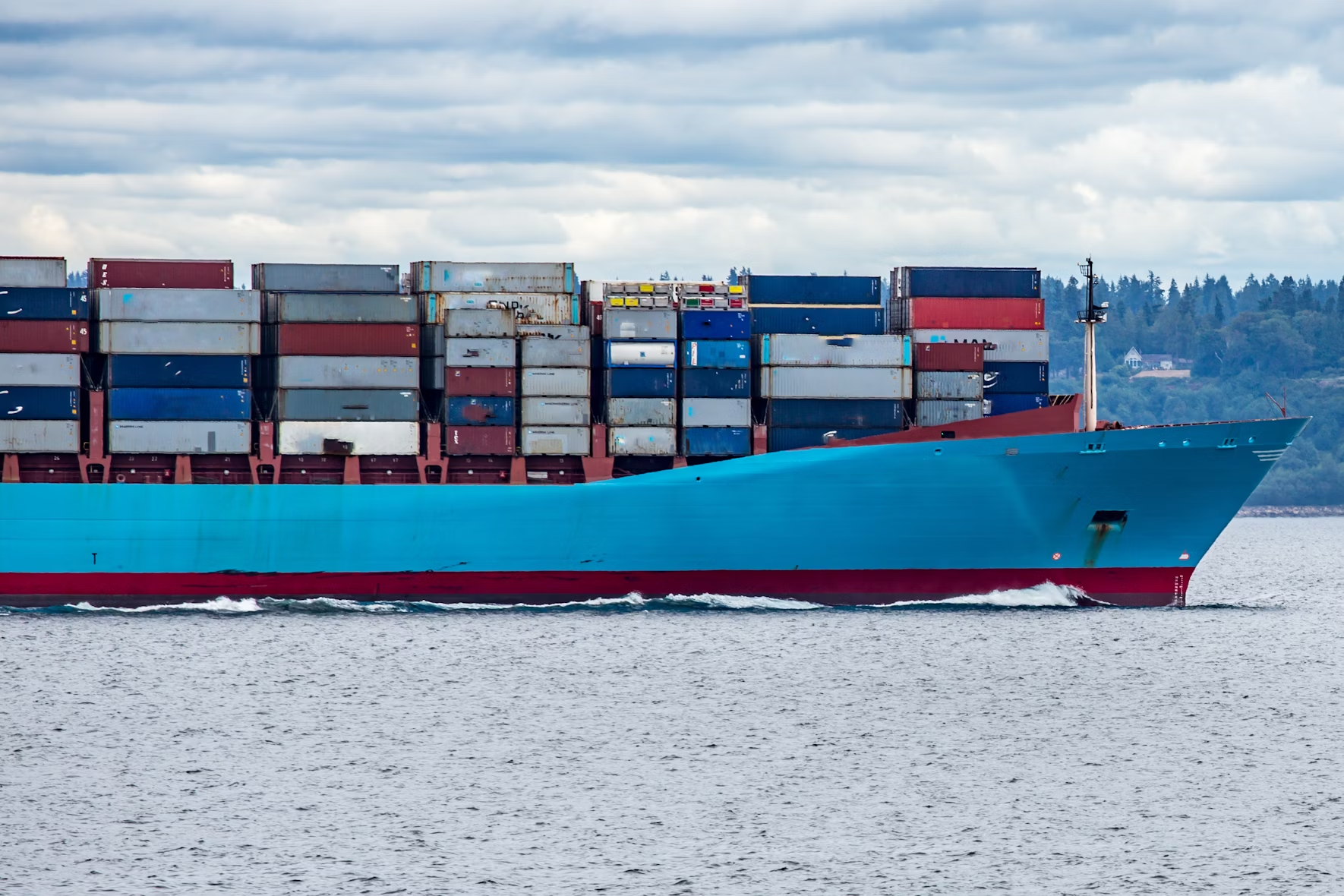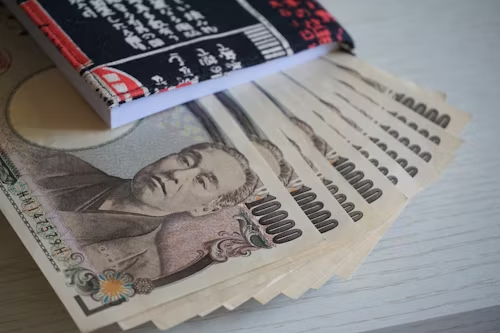Focus are all on trade talks to be held in Switzerland, with China making a move by rolling out extensive stimulus measures, including interest rate cuts and a significant liquidity injection, to soften the blow on its economy from the effects of U.S. tariffs, which are leading to a decline in factory activity and fears of job losses and deflation. Meanwhile, the U.S., led by Treasury Secretary Scott Bessent and chief trade negotiator Jamieson Greer, is preparing to discuss tariff reductions and address specific trade barriers, a possibility of easing tensions between the two economic titans. The prolonged trade war has strained everyone, with China’s stimulus hopefully tipping the scales in its favour during the talks. At the centre of this effort is He Lifeng, China’s top economic official and a trusted ally of President Xi Jinping, whose pivotal role in economic diplomacy will shape the negotiations. The outcome of these talks could prove decisive for global economic stability, as both nations seek to resolve the fallout of their tariff standoff.
EQUITY
Markets reacted negatively to President Trump's meeting with Canadian Prime Minister Mark Carney, which yielded no results, while a record US trade deficit of $140.5 billion in March hurt sentiment, compounded with negative product growth. All sectors except utilities and energy closed in the red, with healthcare being the worst performer, while individual stocks like Constellation Energy performed with 10.3%, while Palantir lost 12% even with higher guidance.
GOLD
Gold prices pierced through resistance levels and gained from strong physical demand from China and safe-haven interest. Analysts at Lombard Odier predict it may consolidate in the $3,000-$3,300 range if the U.S. avoids recession and moderates its tariff policies, although regional conflicts like India's recent strikes on Pakistan could threaten local demand, even with experts suggesting global factors like the U.S.-China trade war are more significant for gold prices than localised tensions.
OIL
Oil prices are on track for a third straight green candle, with Brent crude rising to $62.89 and WTI to $59.92 per barrel, with the market laser-focused on U.S.-China trade talks and signs of reduced U.S. production. Both benchmarks are still floating at four-year lows given OPEC+'s decision to increase output, U.S. volatile tariffs, and increased sanction measures. Analysts from Scotiabank warn that OPEC's latest move could lead to a global supply surplus of up to 1 million barrels per day through 2025 and into 2026, potentially pushing Brent prices into the $40s.
CURRENCY
The dollar fell on U.S. trade negotiations falling through, while the euro extended gains after Friedrich Merz was elected German chancellor. Taiwan's dollar fell slightly following a record rally, while the Chinese yuan weakened after Beijing announced interest rate cuts and liquidity injections to counter trade war effects. Markets are preparing for the Federal Reserve policy meeting, with traders' consensus being that the central bank will hold rates steady while providing little guidance.

